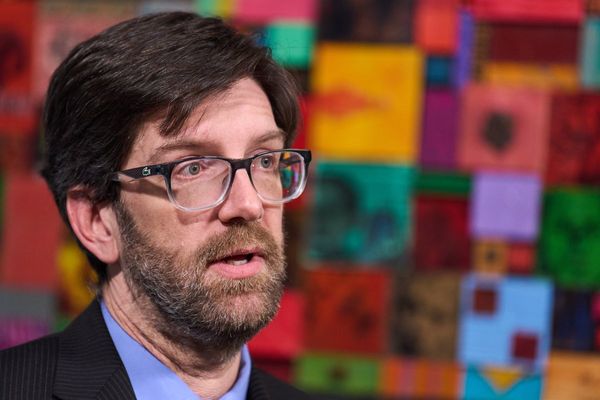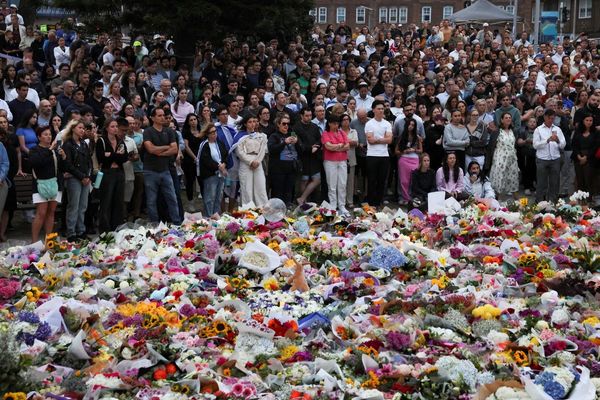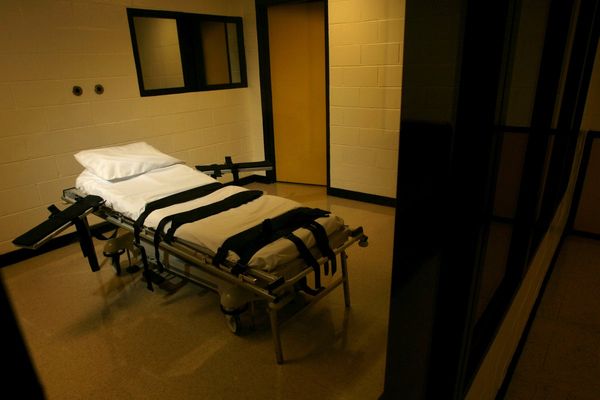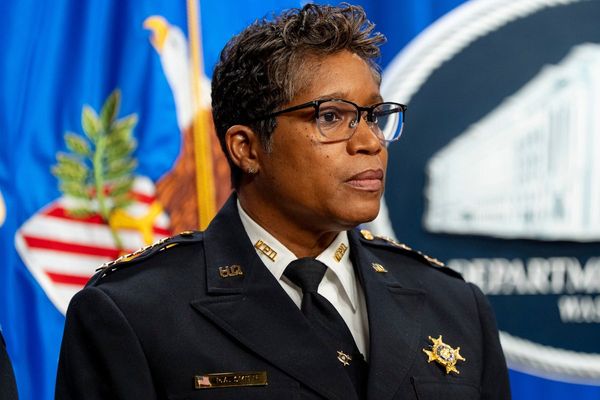
When Hulk Hogan died and a rush of people searched his name on Google to read various obituaries, I’m sure at least some of them were shocked to find that one of the most popular search terms related to the WWE Hall of Famer is “Hulk Hogan lies”. There are countless videos, Reddit threads, social media posts and articles detailing all the things the Hulkster apparently said that were either exaggerations, distortions or outright fabrications. One time, Hogan said he was asked to play in Metallica. The band denied the story straight away. Hulk said in his autobiography that he partied with John Belushi after WrestleMania 2 in 1986, even though Belushi had died in 1982. There’s also the time where Hulk thought the Jackass star Bam Margera was dead when he very much was not.
If you aren’t a wrestling fan (you’re reading the Guardian. You’re probably not a wrestling fan) you might wonder why someone who was famous for four decades would feel the need to lie about whether he could have been in Metallica. These are the sorts of lies the quarterback of your high school tells at the reunion. “Andre the Giant was 700lb when I bodyslammed him in from of 200,000 people at the Roman Colosseum” is definitely an anecdote that could get you a free shot at the no-host bar at the Elks Lodge, but if you’re Hulk Hogan, you could just be honest and say Andre was more like 400lb and the crowd was between 80,000 and 93,000, depending on whom you ask. Also, it was in Pontiac, Michigan, not Rome. Hulk Hogan did not need to lie, but he did. Often.
Lying, fabrication and multiple layers of reality are fundamental tenets of professional wrestling at every level of the industry. In 2019, I worked at WWE as a writer for their TV show SmackDown just long enough to get fired. I wasn’t there for enough time to actually get good at the art of crafting a compelling wrestling story, but I was there long enough to realize that the most crucial element of wrestling is some form of dishonesty. The performer’s job is to approximate reality, to portray their character not just on TV, but on social media, in the press, and sometimes even at the airport. Wrestling is performance art on an entirely different level. Terry Bollea had to live his life as Hulk Hogan – the bandanna, the tank tops, the white moustache. In his now-infamous reality show, Hogan Knows Best, despite the conceit of seeing inside Hulk’s real home, he was still that character. Terry Bollea was so committed to being Hulk Hogan that he had a formal bandanna for black tie events. No one would be mad if he wore, say, a Kangol hat or maybe … no hat at all? When Hogan testified in the Gawker trial, it was shocking to hear him refer to “Terry Bollea” and “Hulk Hogan” as two different people.
In the pro wrestling parlance, this veil of fiction is called “kayfabe” – a word with its origin in the old-timey carnival culture that wrestling evolved from. Kayfabe is both a noun to describe the glorious unreality of wrestling and a verb to describe when someone is subtly lying to you (or hiding something incredibly important). In WWE, there are layers of kayfabe, with fewer and fewer people smartened up to what’s happening the deeper you go. The outcomes of the matches are kayfabed. Who is wrestling in the main event of WrestleMania 42 next spring is super kayfabed. This doesn’t seem that terribly different from protecting the ending of a summer blockbuster film, but when you’re inside the business, you realize that everything can be kayfabed. How can you trust anything anyone says? WWE just launched a reality show on Netflix called Unreal, which claims to lift the veil on the behind-the-scenes creation of their storylines. I immediately said to myself: “This is just another layer of kayfabe.” The sacred work of wrestling is to make people believe, to bend the truth just enough to make a few bucks off our curiosity. This is the world Hulk Hogan lived in.
I still love wrestling, and despite the horrible things he said and did, I still see Hulk Hogan the character as one of the most influential heroes in American history. He managed to make the most mundane, thunderingly obvious credo (“say your prayers and eat your vitamins, kids!”) sound revolutionary. He knew how to captivate an audience with nothing more than a gesture. He understood the art of platonic seduction – the way to get someone to not just love you, but to think that their struggle is also yours. Wrestling fans – both children and adults – could live vicariously through Hulk Hogan. His appeals in his speeches were to his “Hulkamaniacs”, the fans that gave him the strength to do the impossible. At WrestleMania 3, if Andre the Giant wanted to beat Hulk Hogan for the WWE Championship, he’d also have to contend with the millions of Hulkamaniacs cheering for him. In the unreality of pro wrestling, you, the audience member, are the real protagonist. Hulk Hogan is merely a vessel for you to travel in.
If this sounds familiar, it’s because it is.
One of Hulk Hogan’s last televised appearances was at the Republican national convention in 2024. He tore a Trump T-shirt off his body instead of a Hulkamania shirt and pledged his full fealty to our future president. In some twisted way, it was a passing of the torch. For years, Hulk Hogan had been the apex of wrestling’s art of unreality. His talent for leading the masses peaked around 1988, and as the world got more savvy about WWE’s particular magic trick, the connection severed. He left for a rival company, became a bad guy, and reinvented the art form again. But it could never be quite what it was in the mid-80s. Wrestlers such as Stone Cold Steve Austin, The Rock and John Cena could captivate a crowd, but it was nothing like Hulkamania. No one would or could ever truly believe like that again. This is why WWE has to open up (or at least pretend to), like the Soviet Union at the end of the cold war.
After years of sitting under the learning tree of WWE’s former owner, Vince McMahon, Donald Trump took the tools of platonic seduction that Hulk Hogan perfected and applied them to politics. The use of the word “we”, the commonality of struggle, the dastardly enemies to defeat in righteous combat. Even the empty slogans. Is “make America great again” that far removed from “say your prayers and eat your vitamins”?
When Hulk Hogan exaggerated a story or outright lied, he’d very rarely retract his statement. When he was allowed back in the WWE locker room after tape of his racist tirade circulated publicly, he spent most of his apology warning fellow wrestlers to be careful about “getting caught”. Hulk Hogan was a man who made his own truth. He didn’t need to do anything other than live in the world he made for himself. The more he made up about himself, the grander he became. He was truly the greatest American hero, because he personified the most American virtue of them all: you do not have to be you. And the more he fashioned himself a superhero, the more we wanted to be him – to fully merge with him into one entity. This power was both awe-inspiring and perhaps the most terrifying weapon any human being could wield in this life.
Dave Schilling is a Los Angeles-based writer and humorist







